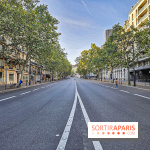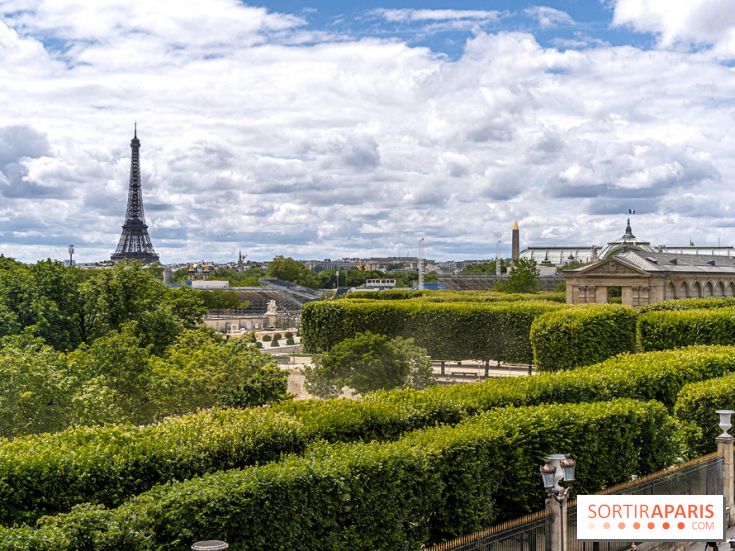The year 2025 will bring its share of changes for motorists. Among the many changes awaiting us on January 1st, Parisians and Ile-de-France residents will have to put their feet up and pay close attention to the various modifications impacting vehicles and travel in France and, in particular, in the Ile-de-France region. To help you better understand what's in store, we take a look at the main questions you might have about the new measures.
From January 1, 2025, several restrictions will come into force:
Yes, all new vehicles will have to be fitted with an intelligent speed limiter, an obligation effective from July 2024. This device reads road signs and automatically adjusts the vehicle's speed, helping to avoid unintentional speeding and fines.
From January 1ᵉʳ 2025, the Low Emission Zone(ZFE) of the Greater Paris Metropolis will be reinforced (idem in Lyon). Vehicles classified as Crit'Air 3 will be banned from driving within the perimeter delimited by the A86 freeway, including Paris. The ban will apply from Monday to Friday, 8am to 8pm, excluding public holidays. Offenders will be subject to penalties in accordance with current regulations.
ZFE: Crit'Air 3 vehicles banned in Paris and the inner suburbs from January 2025
As of January 1, 2025, vehicles with a Crit'Air 3 rating will no longer be allowed on the roads of Paris and its inner suburbs (i.e. 79 communes), due to the introduction of the Greater Paris Low Emission Zone (ZFE); [Read more]
The ecological penalty will be reinforced:
The ecological bonus has been reduced since December 2, 2024:
Other measures are also planned:
Another major change concerns motorcyclists.Interfile driving, which has been authorized on an experimental basis since August 2021, will be banned from January 1, 2025. This experiment, carried out on freeways and roads with two carriageways separated by a central reservation in 21 French departments, included the Île-de-France, Lyon, Marseille, and regions such as Gironde or Haute-Garonne. It allowed motorized two- and three-wheelers to travel between lanes, particularly in traffic jams, in the left-most lane, without risking fines.
However, this practice has never been written into the Highway Code. At the end of the experiment, which was initially due to end in September 2024 but has now been extended to the end of the year, the French road safety authority Sécurité Routière will report back in the first few months of 2025. If this analysis does not lead to a generalized ban on interleaving, motorcyclists will have to adapt to this ban, which is likely to upset their habits, particularly in dense urban areas. As a reminder, the fine for this offence is €135.
The reserved lane on the Paris ring road will be made permanent in 2025, although the exact launch date has not yet been announced. Paris City Hall has confirmed that the dedicated lane for special vehicles on the ring road will be maintained permanently from 2025, and signs are currently being installed. This measure is in line with ambitious policies to reduce urban pollution and improve quality of life in Paris, notably through the 2026-2030 Climate Plan. The reserved lane will be accessible to public transport, car-sharing vehicles with at least two occupants , cabs, as well as emergency vehicles, disabled people and, under certain conditions, motorized two-wheelers. This initiative aims to reduce noise pollution, ease congestion and cut fuel consumption. The City of Paris and the Ministry of Transport are working together on the details of access and connections with other road projects, such as the reserved lanes planned on the A1 and A13. A joint implementation timetable has been set for early 2025, guaranteeing harmonized mobility infrastructures in the Paris region.
In short, to avoid fines, slow down and pay attention to traffic signs!



 ZFE: Crit'Air 3 vehicles banned in Paris and the inner suburbs from January 2025
ZFE: Crit'Air 3 vehicles banned in Paris and the inner suburbs from January 2025














